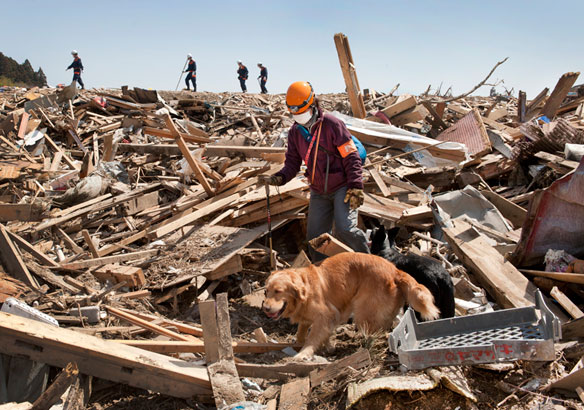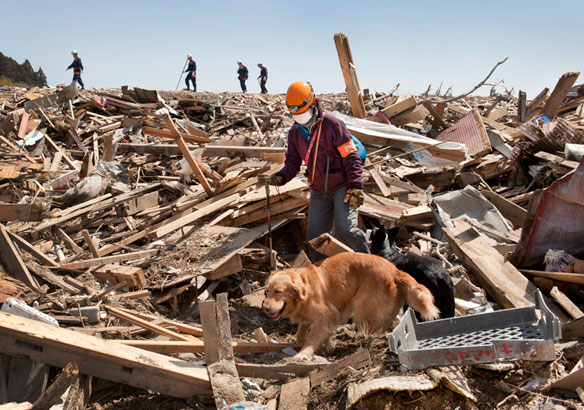
Photograph courtesy of: © Mark Edward Harris
Excerpts;
By talking with survivors of the devastating tsunami that hit Japan earlier this year, scientists may now have a better idea as to how to help prevent fatalities from such events in the future.
The catastrophic magnitude 9.0 quake that hit Japan in March killed 19,508 people. The resulting tsunami reached heights of up to 100 feet (30 meters) along the coast of northeastern Japan.
In the 115 years before the disaster, a trio of tsunamis hit the region, with one causing 22,000 deaths. In response, many efforts were undertaken to protect against further tsunamis, such as numerous breakwaters, that is, coastal barriers, as well as annual tsunami evacuation drills.
Still, the March tsunami claimed many lives and widespread destruction. Why did some people evacuate immediately and others wait until it was too late? In interviews with survivors, the team of scientists sought to find answers to that question.
These interviews revealed that many residents did not get accurate warnings, and many chose to stay in dangerous locations in part because they misunderstood the risks. Better communication of warnings and improved education about the science behind earthquakes and tsunamis could help save lives in the future…
Read Full Article, Our Amazing Planet
Japan Revives A Sea Barrier That Failed To Hold, The New York Times









